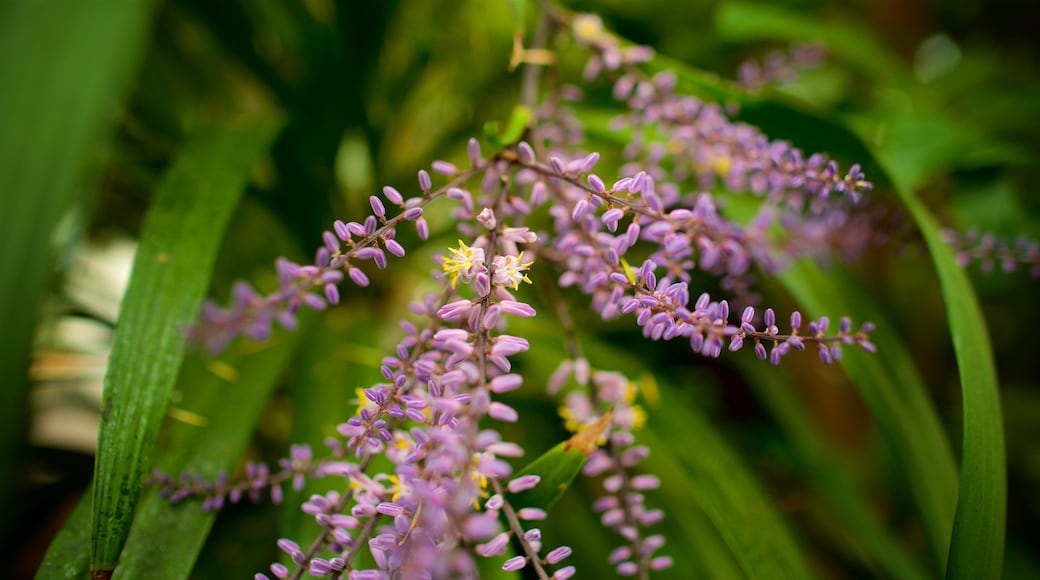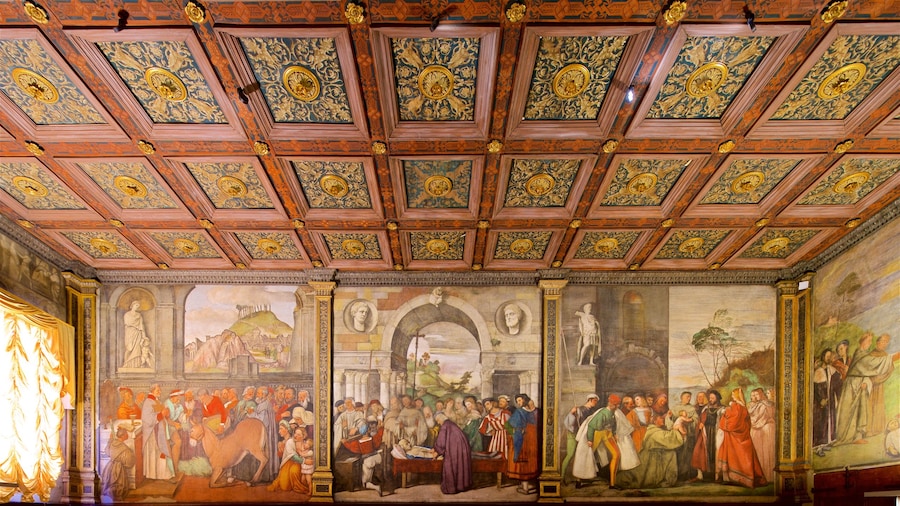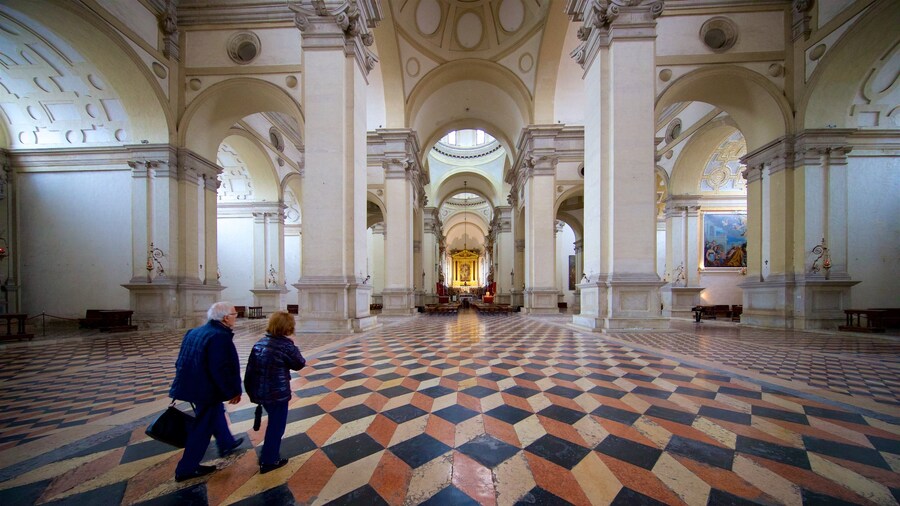The world’s first academic botanical garden is a UNESCO World Heritage-listed treasure, preserved in its original design with historic architecture.
Stroll around the preserved plots of the Padua Botanical Garden, also known as the Orto Botanico di Padova. Established in 1545 by the Senate of the Venetian Republic, the garden holds the title of the world’s oldest university botanical garden still in operation. Get acquainted with the garden’s picturesque and historic design and explore its special botanical collections, which include regional Mediterranean species.
The gardens were entrusted for the cultivation of medicinal plants to the University of Padova. Plants from all over the world were traded by Venetian merchants and brought within the garden’s high stone walls. Today note its comprehensive herbarium, a library and a series of laboratories.
As you enter the botanical garden, you’ll see the beautiful symmetrical architecture attributed to 16th-century architect Daniele Barbaro. Note the central palace building, which was revised in the 17th and 18th centuries. Begin exploring the garden’s 240,000-square-foot (22,000-square-meter) estate and check out its historic collections, currently housing 6,000 types of plants categorized by habitat or taxonomic families.
Discover the garden’s collection of medicinal and poisonous plants, which inspired the university’s 16th-century research. Indigenous plants from the Euganean Hills and Triveneto region are highlights. See insectivorous and carnivorous plants, rare species and plants from a range of ecosystems. Wander through the coastal-style Mediterranean Maquis or find yourself in an alpine garden characterized by junipers and pines. Check out succulents and cacti and enter the humid greenhouses to find tropical orchids. The oldest tree in the garden is a tall palm, planted in 1585. Seek out the 18th-century magnolias and gingko trees. In the Arboretum, look for a 17th-century plane tree that was hollowed out by a lightning strike.
Padua Botanical Garden is in the historic heart of the city, a short distance east of the Prato della Valle. Reach the area via the city’s light rail system. The garden is closed to visitors on Sundays and select holidays. There is a fee to enter the garden discounts are available to students.



















